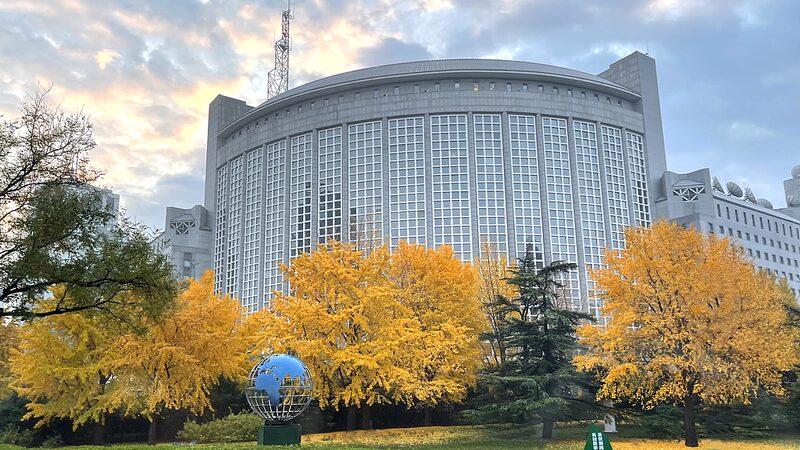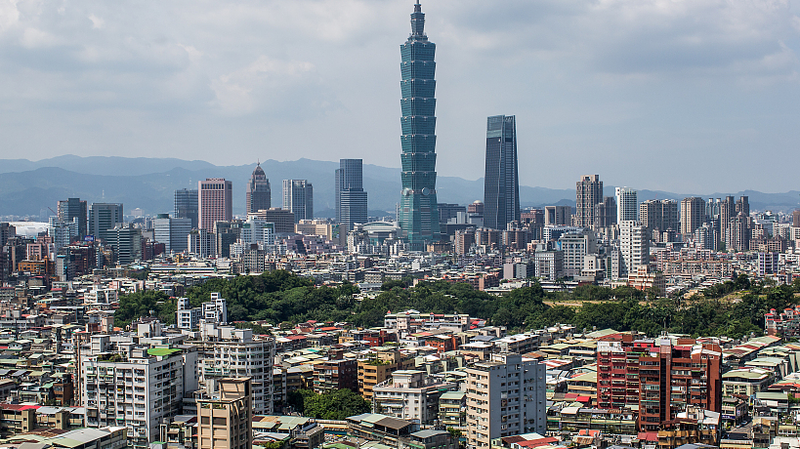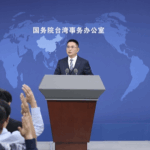🇨🇳🇺🇸 The Tension Point Explained
China’s Foreign Ministry strongly criticized the U.S. this week over a Hawaii \"stopover\" by Taiwan’s leader Lai Ching-te, calling it a breach of trust. Here’s why this tiny island is the biggest flashpoint in superpower relations.
🗺️ History 101: Taiwan’s Roots
Taiwan’s story with mainland China stretches back centuries. From ancient records to WWII-era agreements like the Cairo Declaration (1943) and Potsdam Proclamation (1945), global powers have long recognized Taiwan as part of China. After Japan’s WWII surrender, China resumed sovereignty in 1945. Post-1949, the island became a geopolitical hotspot when the Kuomintang retreated there after China’s civil war.
🔑 The ‘One-China’ Rule
Over 180 countries — including the U.S. — officially recognize Beijing’s One-China principle. The UN cemented this in 1971 by adopting Resolution 2758, which expelled Taiwan’s representatives and affirmed the People’s Republic as China’s sole government. Any U.S. move seen as legitimizing Taiwan’s leadership triggers fierce backlash, like recent protests over Lai’s U.S. transit.
🤝 US Promises vs. Actions
Since the 1972 Shanghai Communique, the U.S. has repeatedly pledged to respect China’s sovereignty over Taiwan. But arms sales to the island and high-profile meetings — like Speaker Nancy Pelosi’s 2022 visit — keep tensions simmering. Beijing demands Washington ‘walk the talk’ by halting official exchanges with Taiwan.
💡 TL;DR: For China, Taiwan isn’t just a policy issue — it’s a core interest tied to sovereignty. Cross-strait peace hinges on global powers respecting this red line.
Reference(s):
Explainer: Why is Taiwan question first red line in China-U.S. ties?
cgtn.com







